I have written about this piece while it was in progress in two prior posts, and it was finally finished in time to be shown at my guild’s exhibit, EBHQ’s Voices in Cloth, 2018.
During the process of making this quilt, I tried numerous times to include color of any kind, and did not succeed. Frankly, the result is super-pleasing, to me at least. Seems not to have impressed many others. But then we do what we do because we are following our own compass, not to please others.

Black and White All Over, 2017

Black and White All Over, detail
I started this in Ashland, Oregon, while on vacation at a great house, attending many plays at the Oregon Shakespeare Festival. I wanted a portable project, requiring limited baggage, so I took only my Featherweight and black and white fabrics, just to get a new quilt started.
I made my own foundations on freezer paper using an unthreaded needle on my machine. I do not include a seam allowance on my foundations. I learned to love foundation-piecing a billion years ago in a class taught by Jane Hall and Dixie Haywood at Houston. I’m so grateful to them for sharing their expertise.

Freezer paper foundations
Progress started out slow, until I got into a good rhythm.

Day One
And then it got easy.

Day five
I even found a beautiful bowl for the fabric trimmings, which became its own fabric sculpture after a while.

And here is what most people commented on about this quilt, since this fabric was used often:

ANTS!!
Still love it.




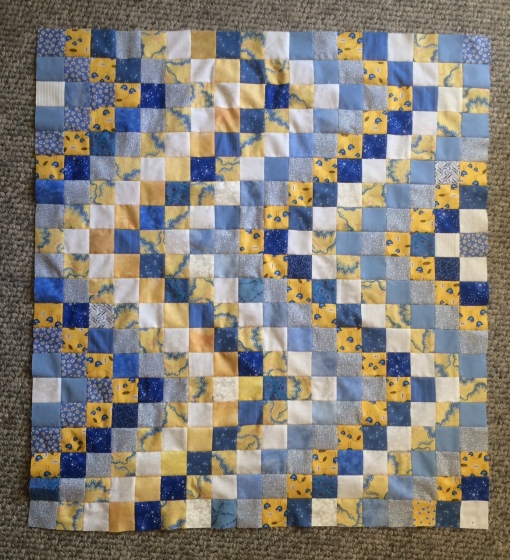
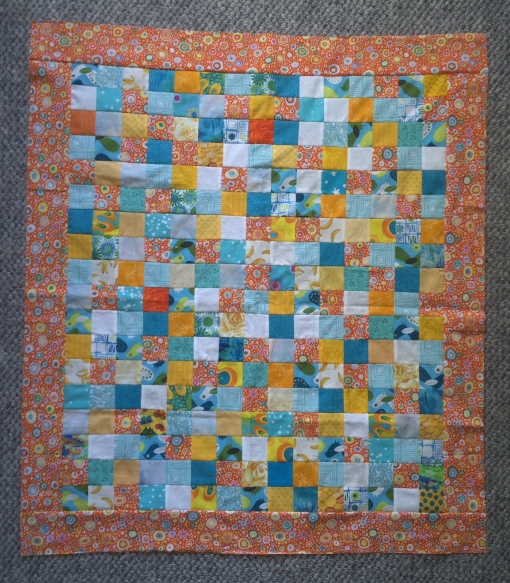
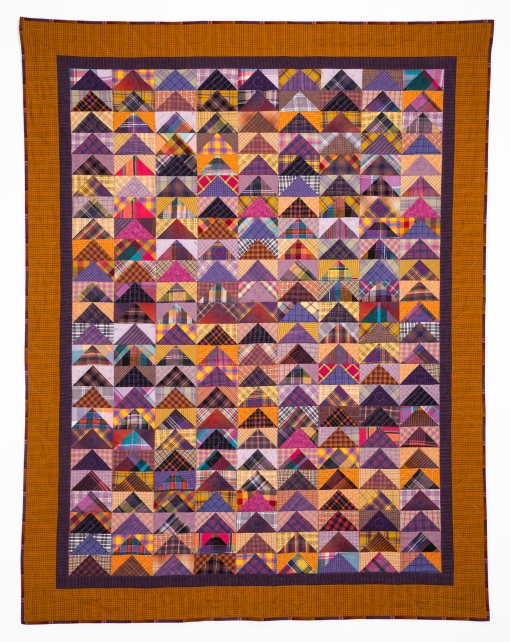
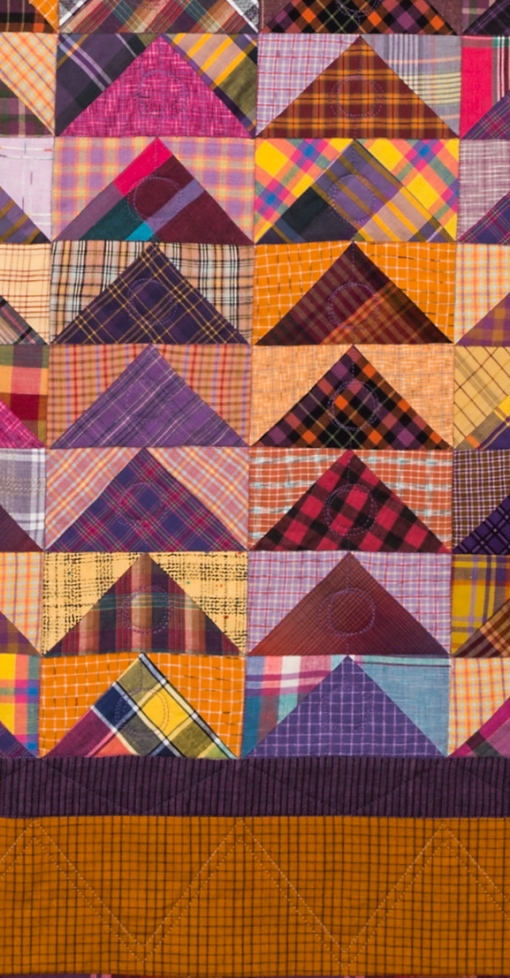
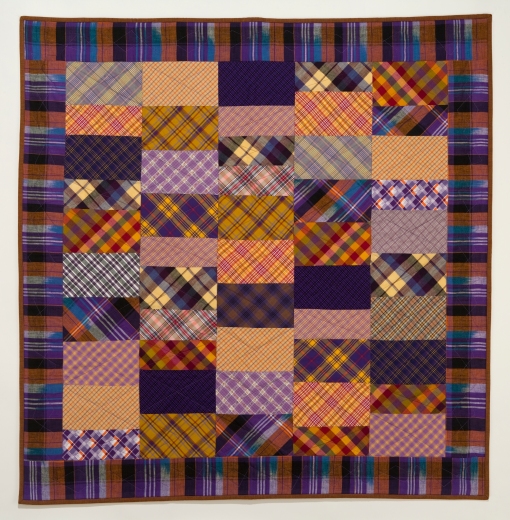 All Plaids, 2009
All Plaids, 2009
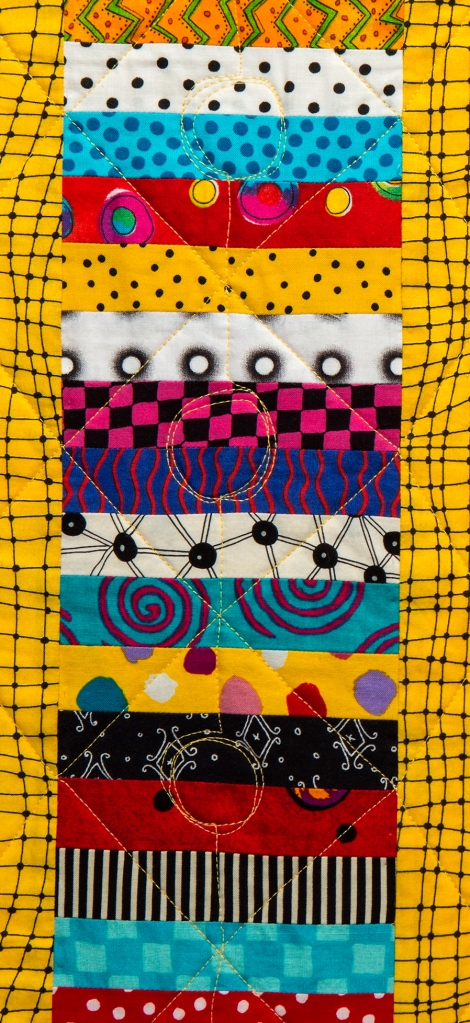
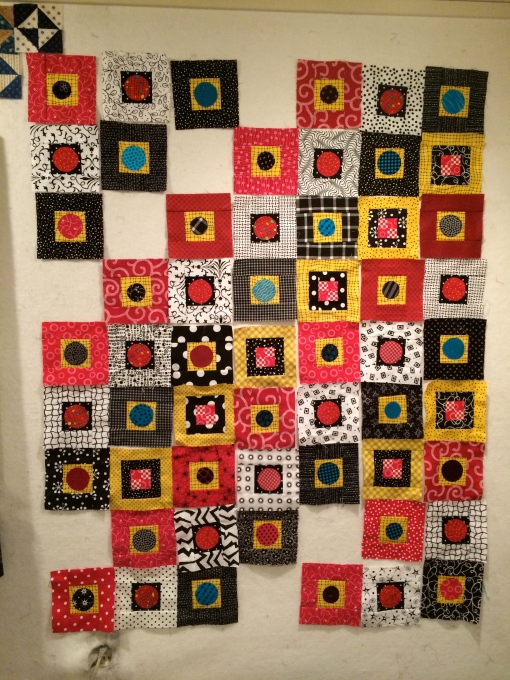

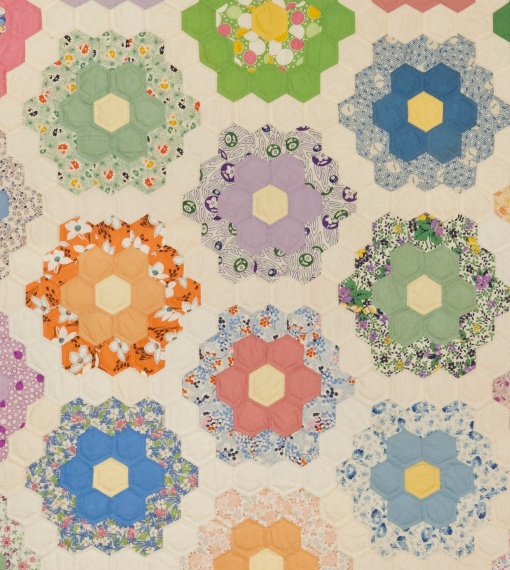

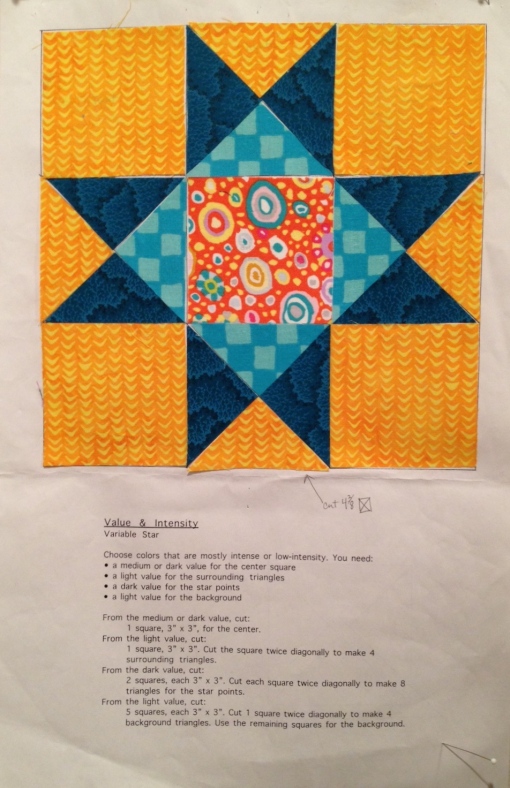
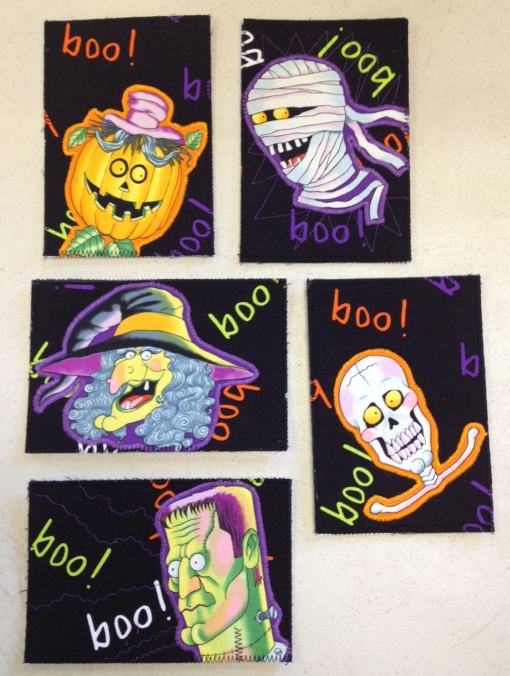
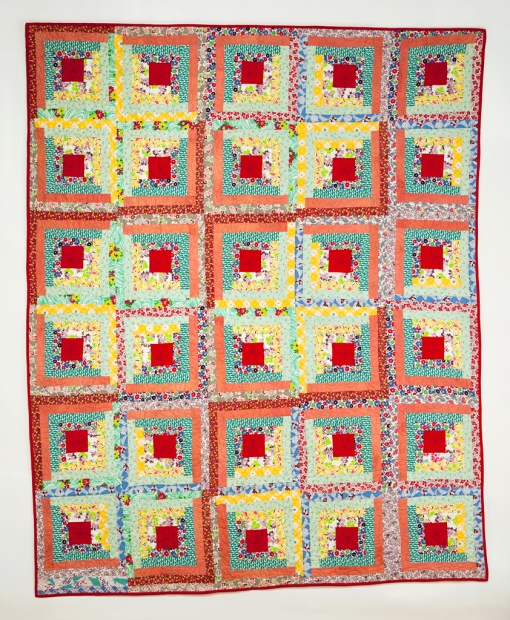
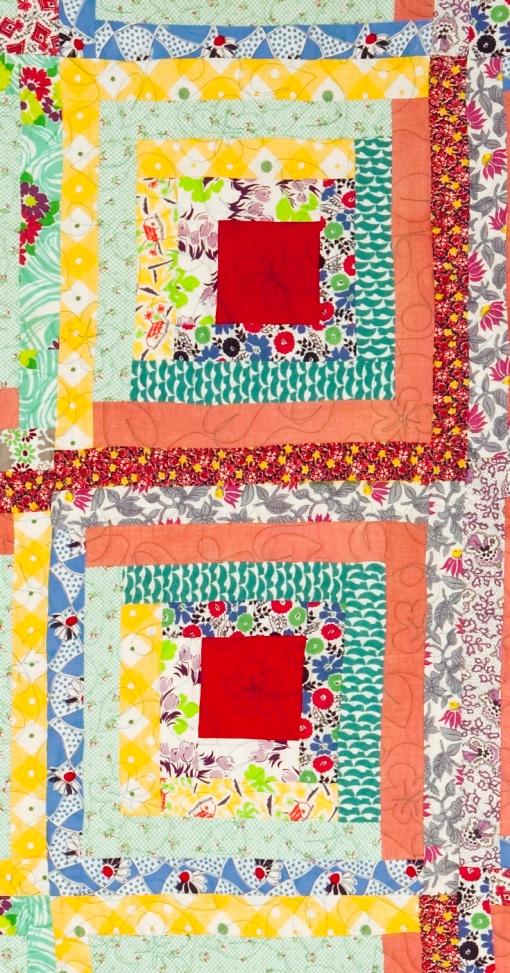
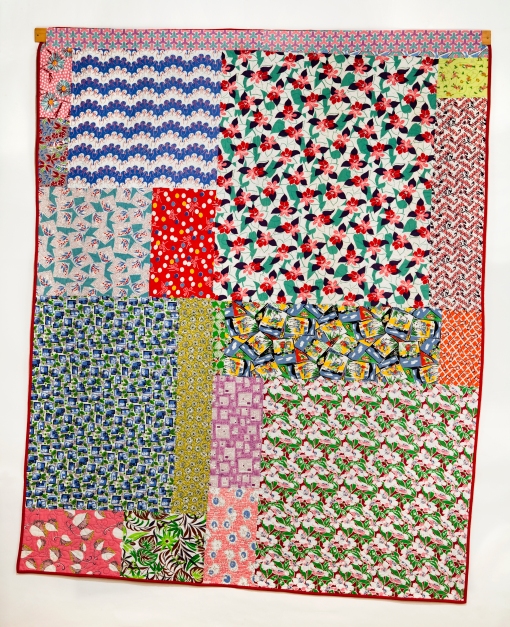
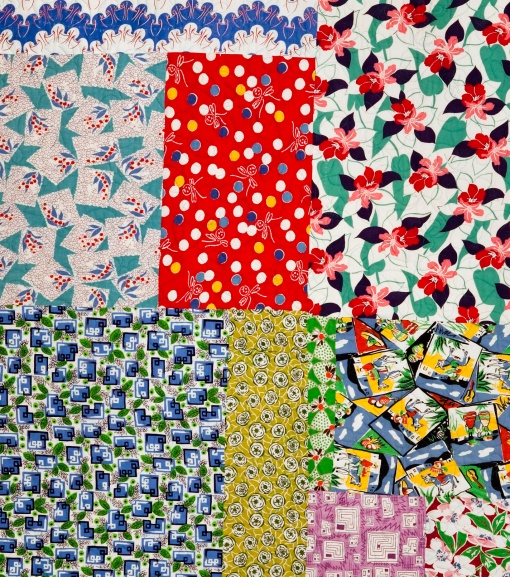


Florida Colors
28 09 2018I had just returned from our two weeks in Ireland, away from my studio for all that time, so all I wanted to do was to sit down at my sewing machine and just sew and sew and sew.
I had found one of these on sale, a set of jellyroll strips that were just not rolled up.
I also had a few yards of a light and happy background fabric, so off I went to find a pattern and get started.
The pattern was quickly found on YouTube. Fons and Porter have a gaggle of free video tutorials and quilt pattern instructions. For this one, search Fons and Porter, Quilting Quickly: Twice as Nice. The video takes a whole 5 minutes.
This is the resulting quilt, which arrived in a miraculously short period of time. I added a couple of borders, some very simple straight-line quilting, and Bob’s your uncle.
Florida Colors, 2018
Florida Colors, detail
This quilt will go to my sister-in-law, whose house is wonderfully decorated in all these fabulous colors.
The only problem now is what do I do with both of these?????
Comments : Leave a Comment »
Tags: color in quilts, easy quilt, quick quilt
Categories : Observations and insights, Quilts and commentary